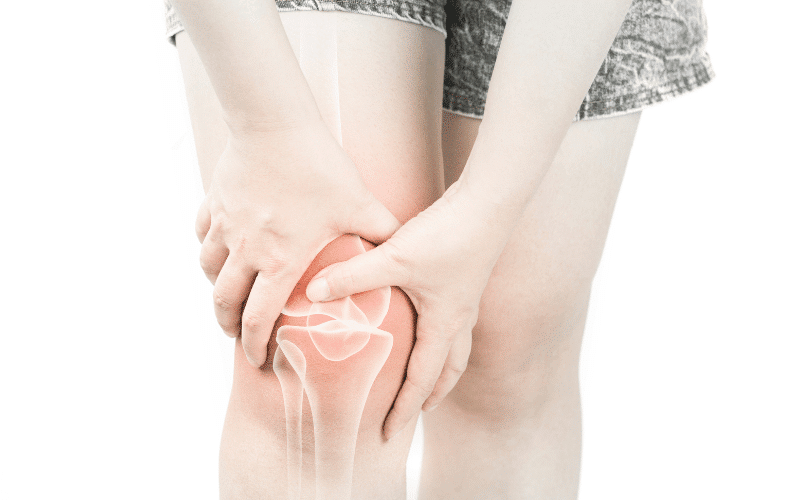Introduction: Paget’s Disease, A Silent Threat to Bone Health
To truly appreciate the complexity of Paget’s disease of bone, it’s essential to dive into the biology of bones. Bones, the scaffolding of our bodies, are much more dynamic than they seem.
Throughout our lives, they undergo a process called bone remodeling, a natural occurrence where old, worn-out bone tissue is replaced with fresh, new tissue. This ensures that our bones stay strong and healthy.
In some individuals, however, this well-coordinated process goes awry, leading to a condition known as Paget’s disease of bone, or osteitis deformans. In Paget’s, the bone remodeling process is accelerated and disorganized, resulting in deformed, fragile bones. This disease primarily affects older adults and is reported to occur in about 1% of adults in the U.S over 55.
One of the reasons why Paget’s disease of bone poses such a significant health risk is its silent nature. Often, it slips under the radar, manifesting no symptoms until complications occur.
The symptoms that do arise are vital clues to the presence of the disease, clues that we should not ignore. So, what are these telltale signs of Paget’s disease of bone? Let’s dive into the 10 key symptoms to watch out for.
1. Pervasive Bone Pain: A Crucial Indicator of Paget’s Disease of Bone

A predominant symptom that heralds the onset of Paget’s disease of bone is bone pain. This pain can be a constant dull ache or intermittent sharp pains, often intensifying at night.
If you’re picturing something akin to the discomfort of a broken bone, you’re on the right track. But why does this happen?
As Paget’s disease disrupts the normal bone remodeling process, new bone is formed hastily, leading to a dense but weak bone structure. This process is often accompanied by inflammation, triggering the pain sensors in your bone and surrounding tissues.
This pain can be localized to one or several bones, depending on the severity and progression of the disease. Most commonly, Paget’s disease affects the pelvis, spine, skull, and long bones of the legs, leading to pain in these areas.(1)